I believe that cherry blossoms, which have existed in Japan since ancient times, can be enjoyed in four stages:
- when they first begin to bloom and you can feel the budding of life,
- when they are at half-bloom, when expectations are rising,
- when they are in full bloom, a filled space spreads out in silence, and,
- Finally, when they burst into a flurry of cherry blossom petals everything fades away in an instant.
This beautiful moment that passes in the blink of an eye seems to represent a human life. Let’s check it out so we don’t miss out on the best moment.
We have a Ruins of Castle to enjoy viewing at night. It’s Usuki Castle. Let me introduce you to its history.
1. Otomo Sourin (大友宗麟)
Otomo Sourin (大友宗麟) built Usuki Castle in the 1556 Sengoku era. He was a Christian feudal lord in Oita. When he was a child, his characteristic was a violent temper and problem child. His father didn’t want to hand over the head of the family to him, so he tried to get Sourin’s brother-in-law to take over. But Sourin had excellent vassals. They had believed his capacity of the lords. So, Sourin and his faction had an internal struggle with his father’s faction. Then after, he won and took over the head of the family. He ruled over Kumamoto prefecture. He appointed his younger brother to rule Yamaguchi prefecture. After governing Fukuoka prefecture as well, they gained enormous wealth through overseas trade at Hakata port. Finally, in 1559, Otomo Sourin was appointed by the 13th Shogun of Muromachi Shogunate, Ashikaga Yoshiteru, to govern six provinces: northern Kyushu, Oita, Saga, Nagasaki, and Kumamato.
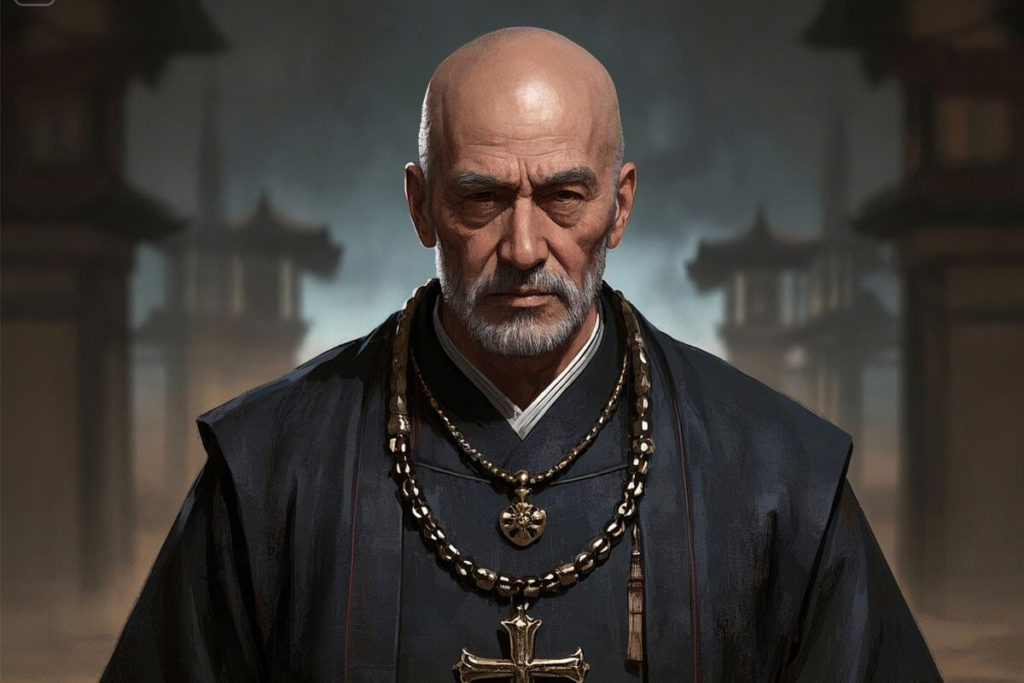
During the Sengoku period, many feudal lords were passive traders, but Sourin was based in Oita and actively engaged in foreign trade, such as establishing diplomatic relations with the King of Cambodia. He had foresight and a global mindset. He met Francis Xavier(He was the first person to bring Christianity to Japan. He was a priest and a missionary from Spain.), and the roads between Japan and Europe began to open up. In 1578, Sourin was baptized. When Xavier was returning to his home, Sourin asked him to deliver the letters he had written to the Viceroy of India and the King of Portugal. On the other hand, when pirates called Wako (倭寇) began committing acts of violence and doing private trade along the Chinese coast, the Chinese dynasty asked Sourin to crack down on them. In this way, his name became known throughout many countries.
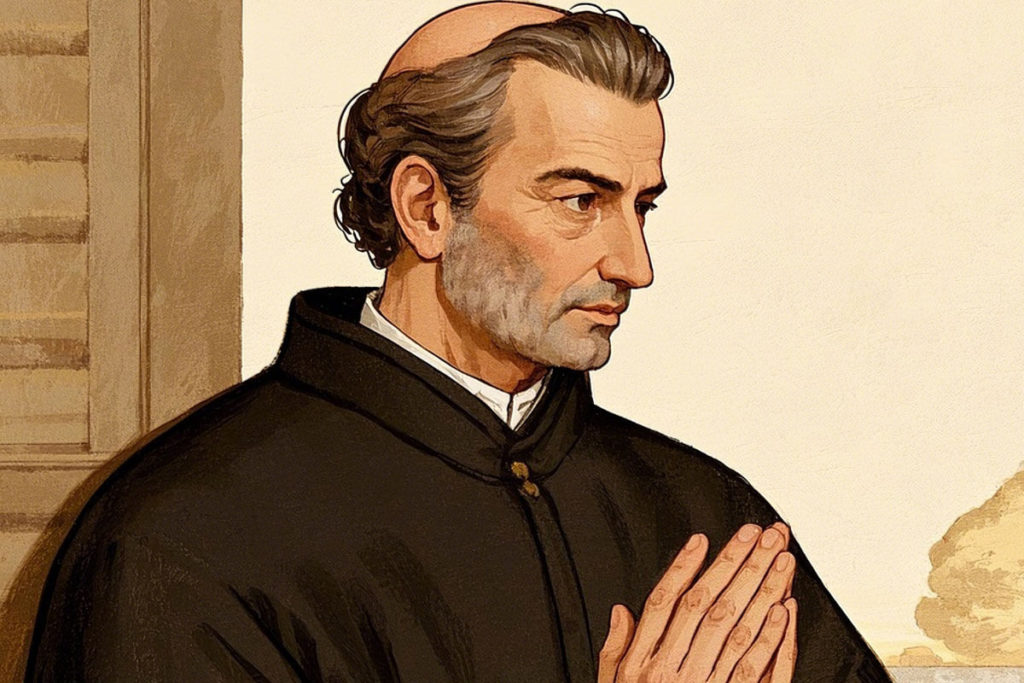
Also, Sourin and Dr. Luis Almeida established the first hospital in Japan. Dr. Luis Almeida was a Portuguese merchant and physician. He performed the first surgical operation in 1555. The hospital was supported by the dedicated nursing care of an organization called Misericordia, which means “mercy” in Portuguese. Currently, The Oita City Medical Association established and is still in operation at the Almeida Hospital, carrying on Dr. Luis Almeida’s achievements and spirit.
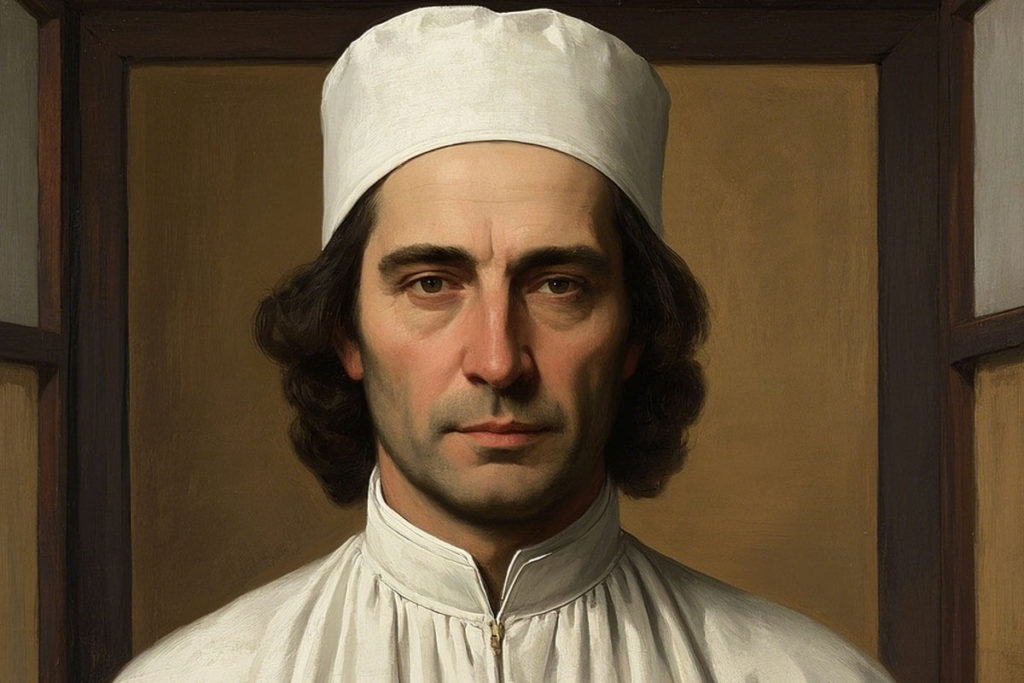
2. Shimazu Yoshihisa (島津義久)
Sourin expanded his influence through global politics, but then a powerful enemy appeared, Shimazu Yoshihisa of Satsuma Province (Kagoshima prefecture), who was plotting to take control of Kyushu. Shimazu first attempted to conquer the province of Hyuga(Miyazaki prefecture). Sorin received a request for relief from Yoshisuke Ito of Hyuga Province, but he left the war to his retainers and devoted himself to the project of building a church in Hyuga. The retainers saw no point in fighting without their lord, and morale dropped, so the battle between Sourin’s 60000 troops and Shimazu’s 43000 troops ended in victory for the Shimazu army. Afterward, Higo province(Kumamoto) and Chikugo province (Fukuoka), which were under Sourin’s control, defected from him. Sourin’s power was waning.
The Shimazu clan occupied each of the Kyushu states one after another. In 1586, having lost his power, Sourin sought help from Toyotomi Hideyoshi and became his retainer. However, Shimazu didn’t stop his attacks on Bungo Province(Oita). There was no force left in Bungo province to resist, in the battles at Usuki, Sourin was only able to barely avoid annihilation by using Portuguese cannons.
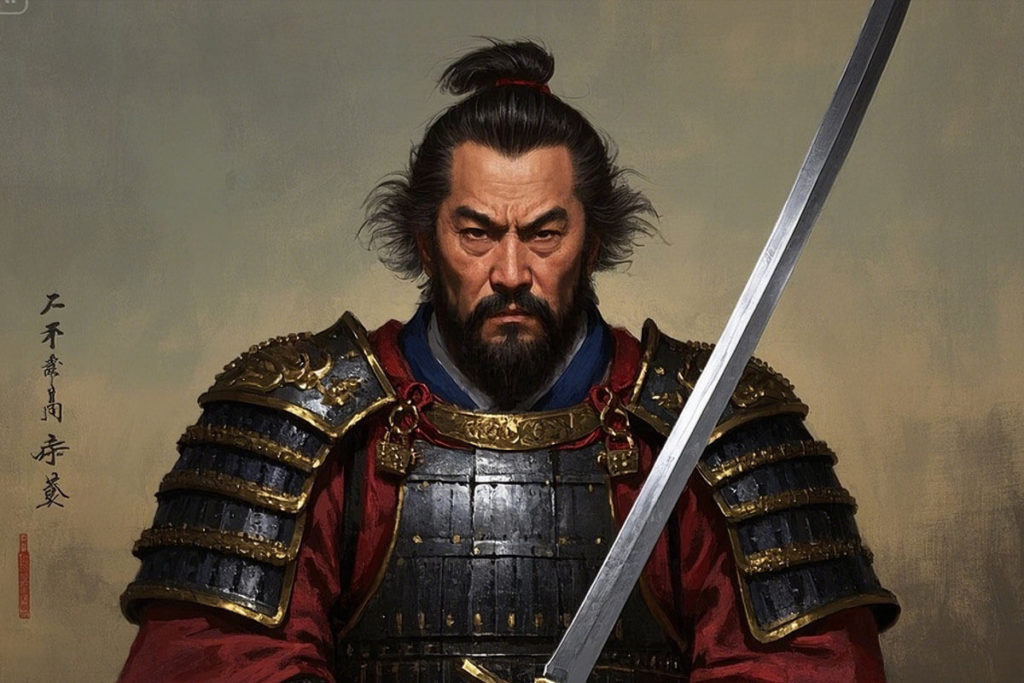
After Sourin fell ill, he never spoke about his province. Instead, he prayed to God and died as a Christian, not as a Sengoku feudal lord. Although it was a difficult fight, Bungo province did not surrender in the final battle with the Shimazu, and Usuki Castle was defended. The Castle was originally called Turtle Castle or Niujima Castle because it was built on a turtle-shaped island in Niujima. (丹生島)
There is an ancient proverb that says, “A crane lives for a thousand years, a turtle lives for ten thousand years.” That is, Usuki Castle, also known as Turtle Castle, still retains its beautiful appearance to this day and continues to delight us. Now, everyone, please enjoy the cherry blossoms at night in the ruins of Usuki Castle. Thank you for reading my article.
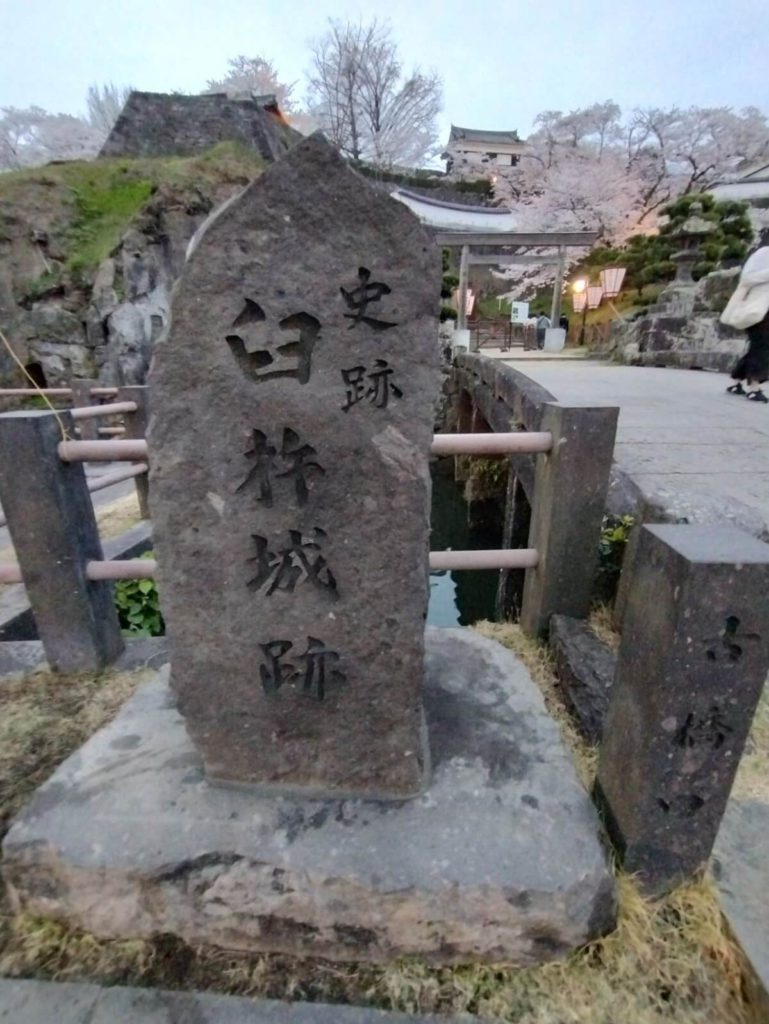
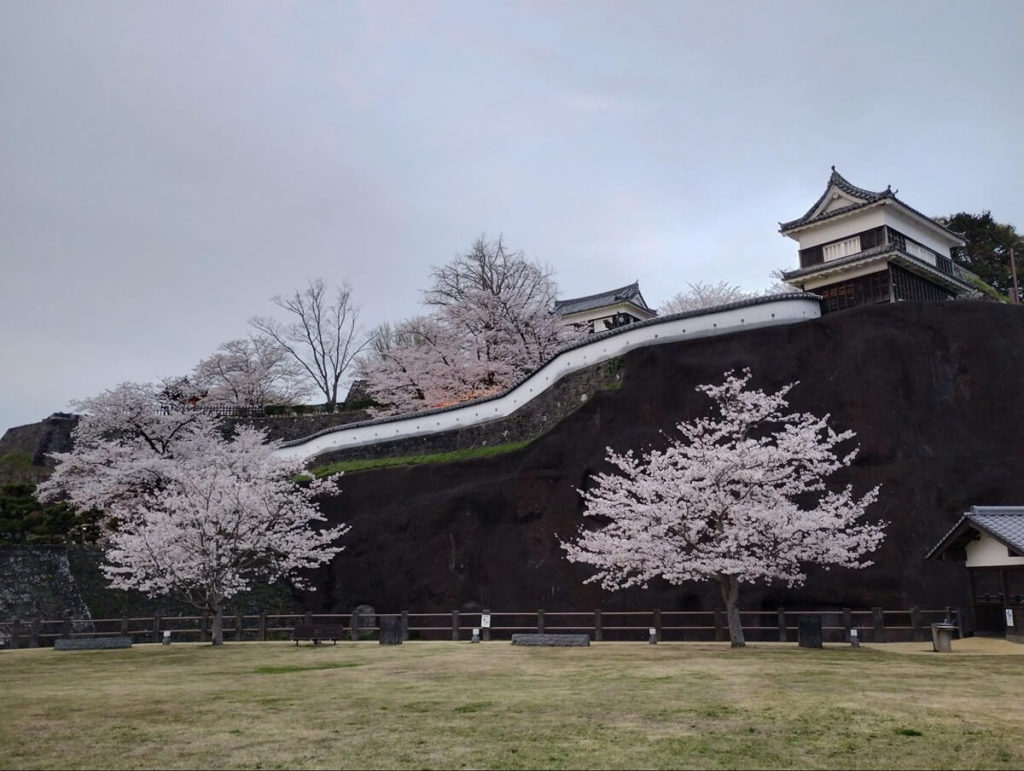

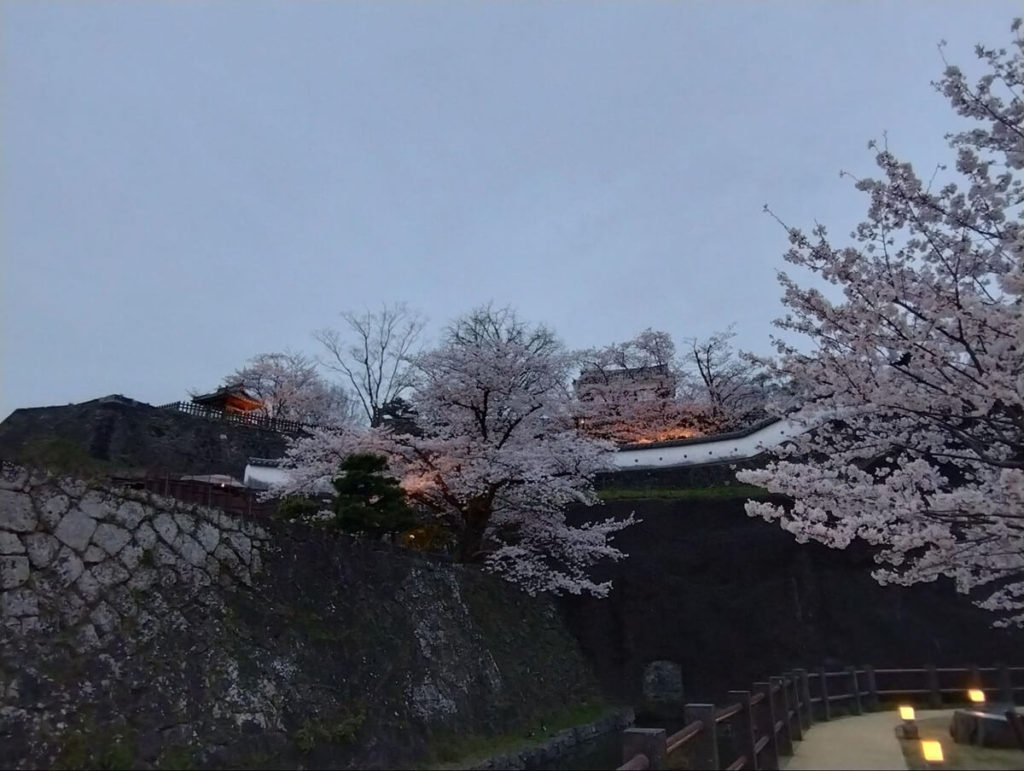
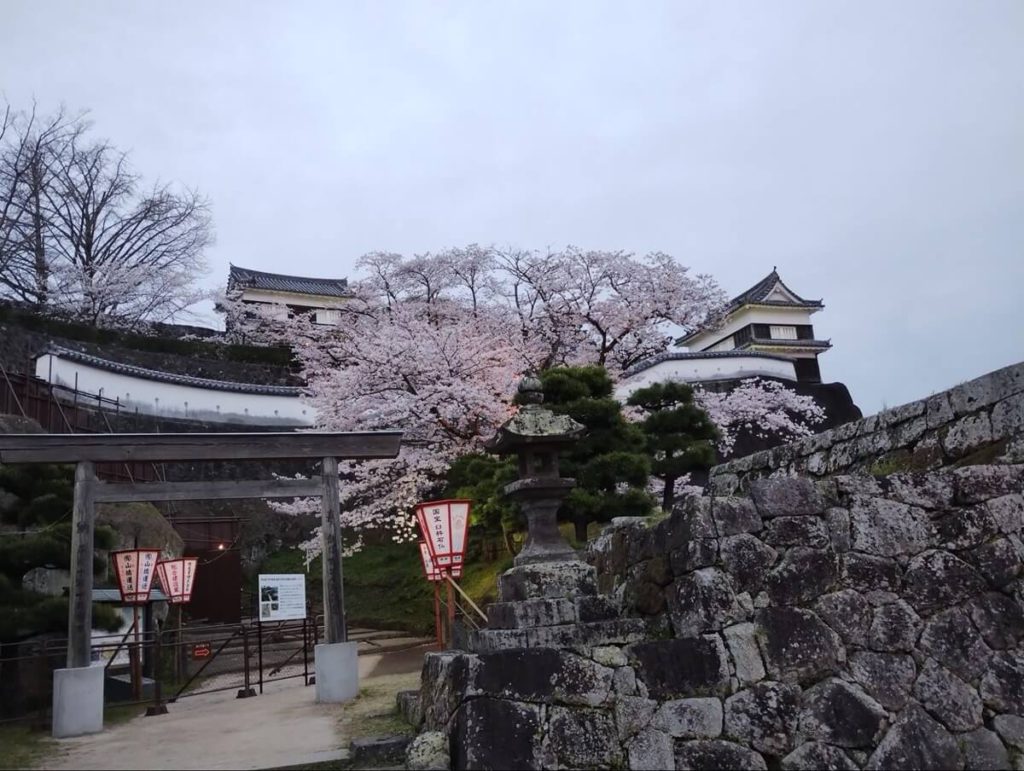
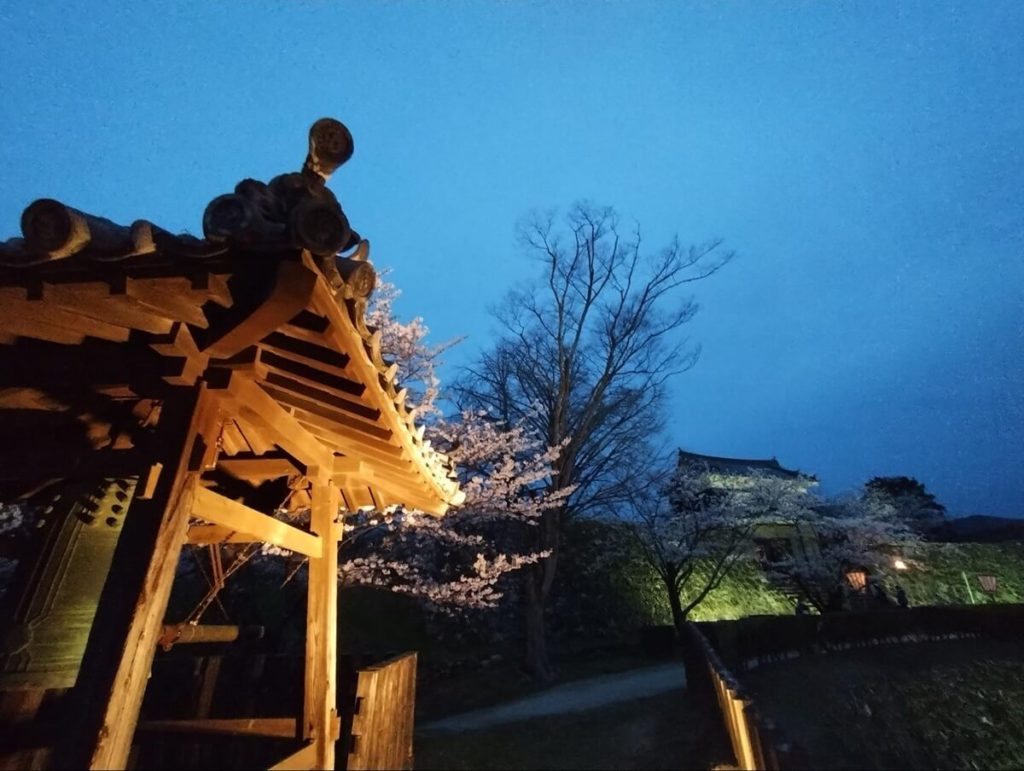

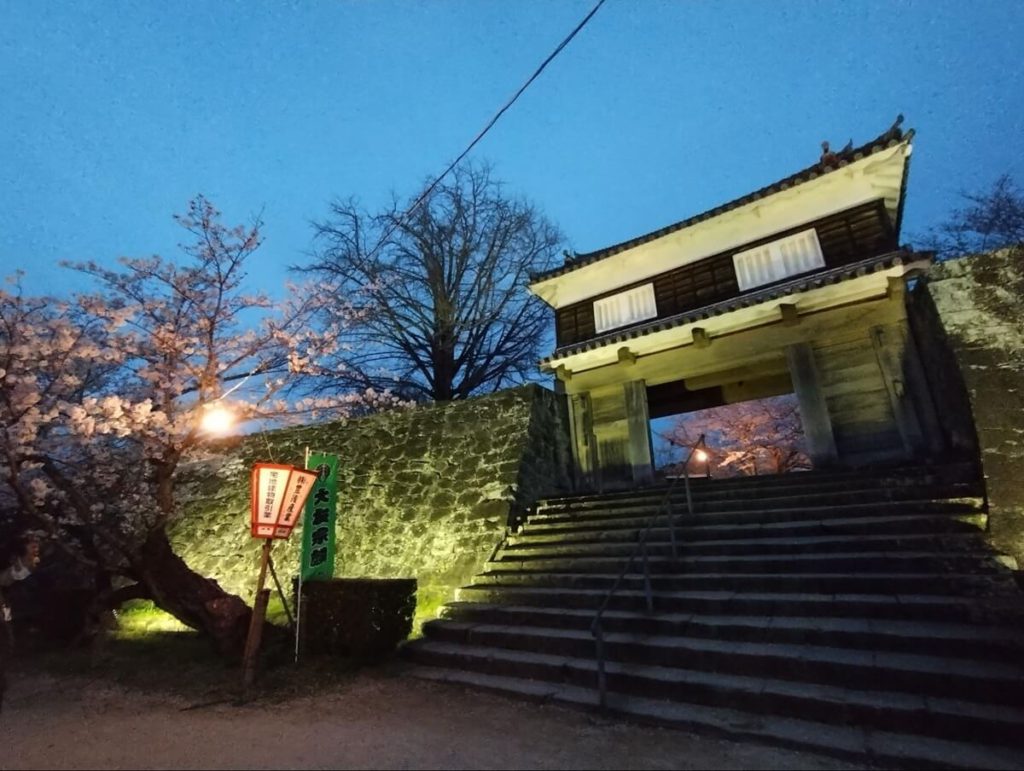
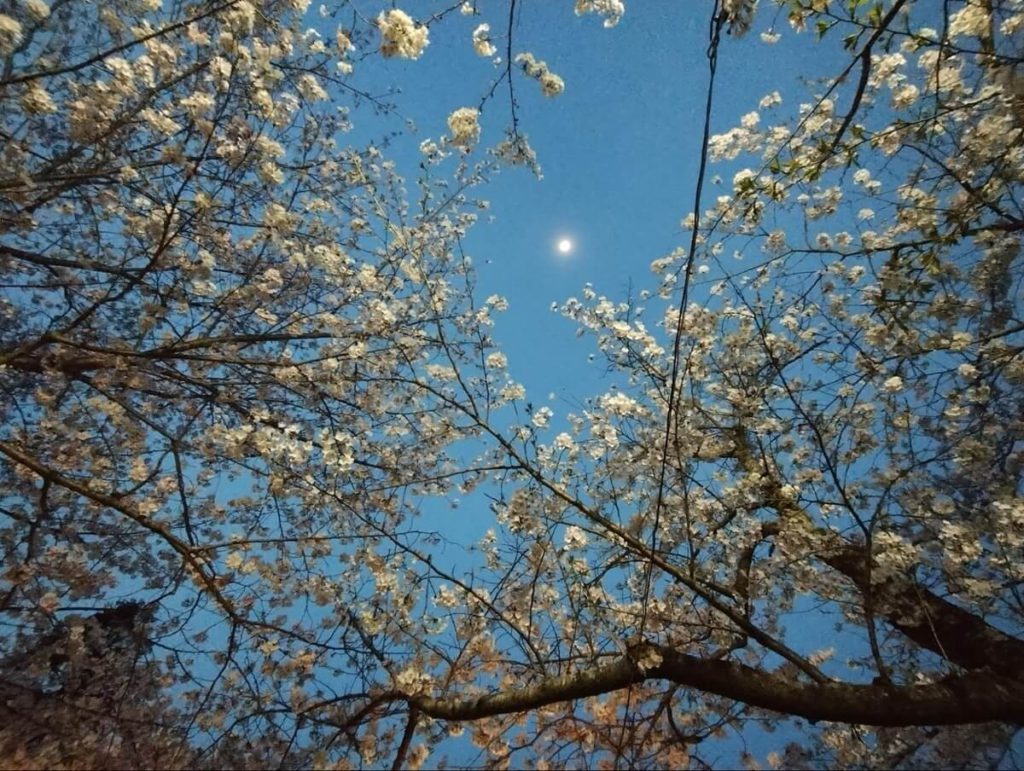
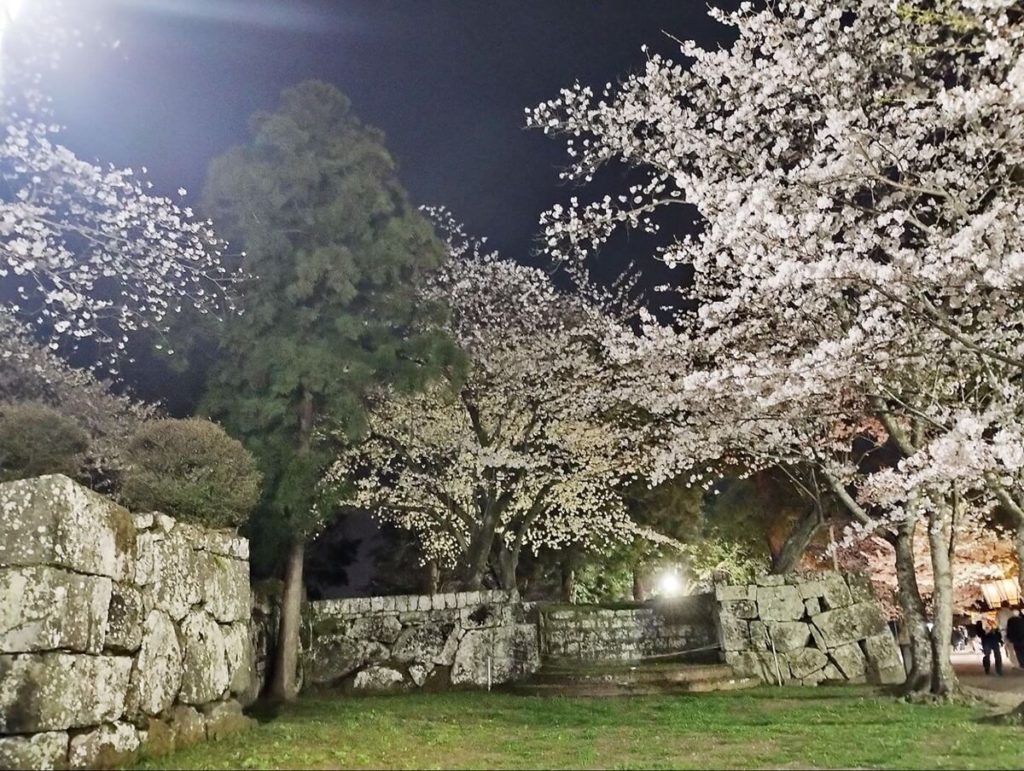
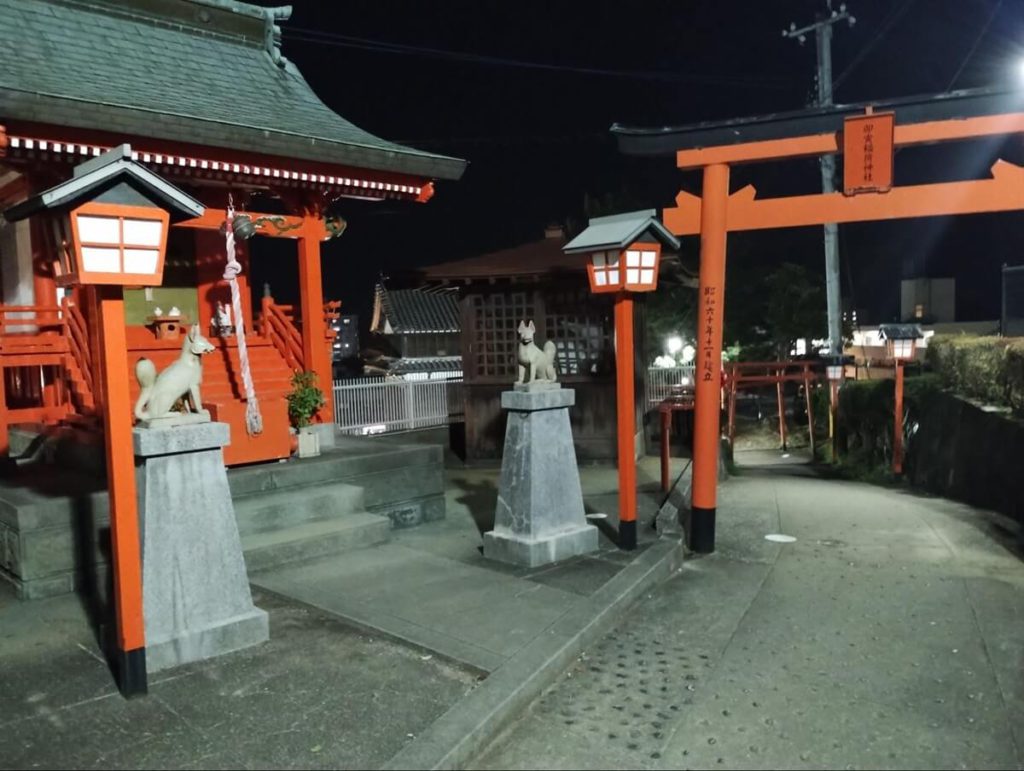
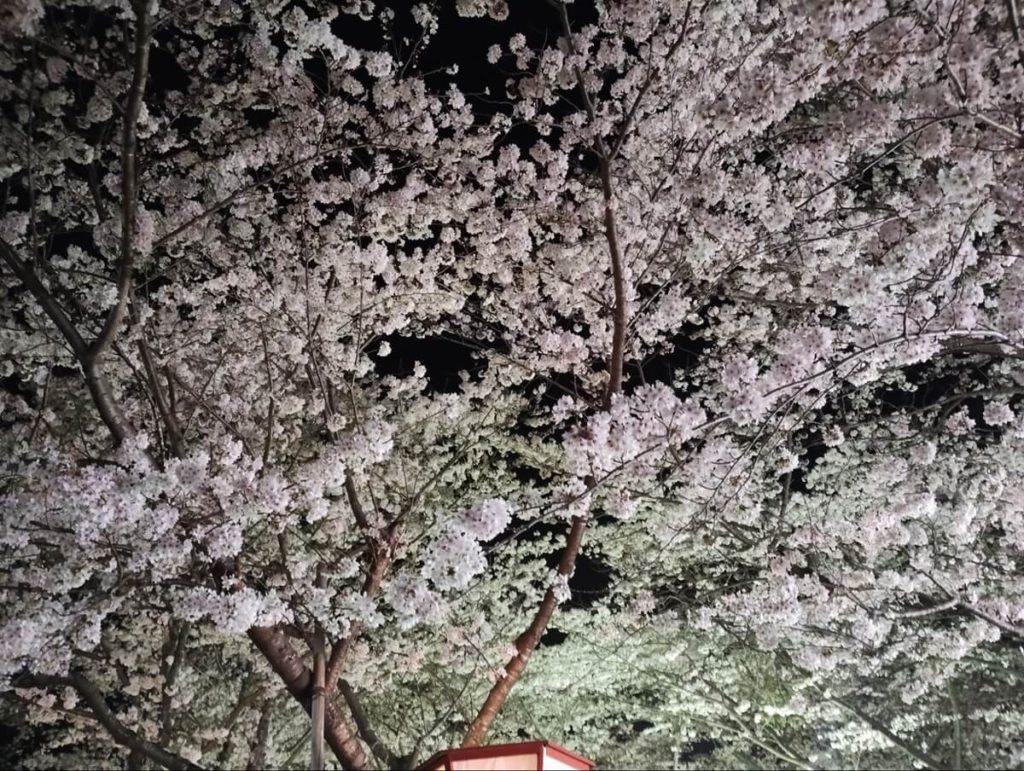
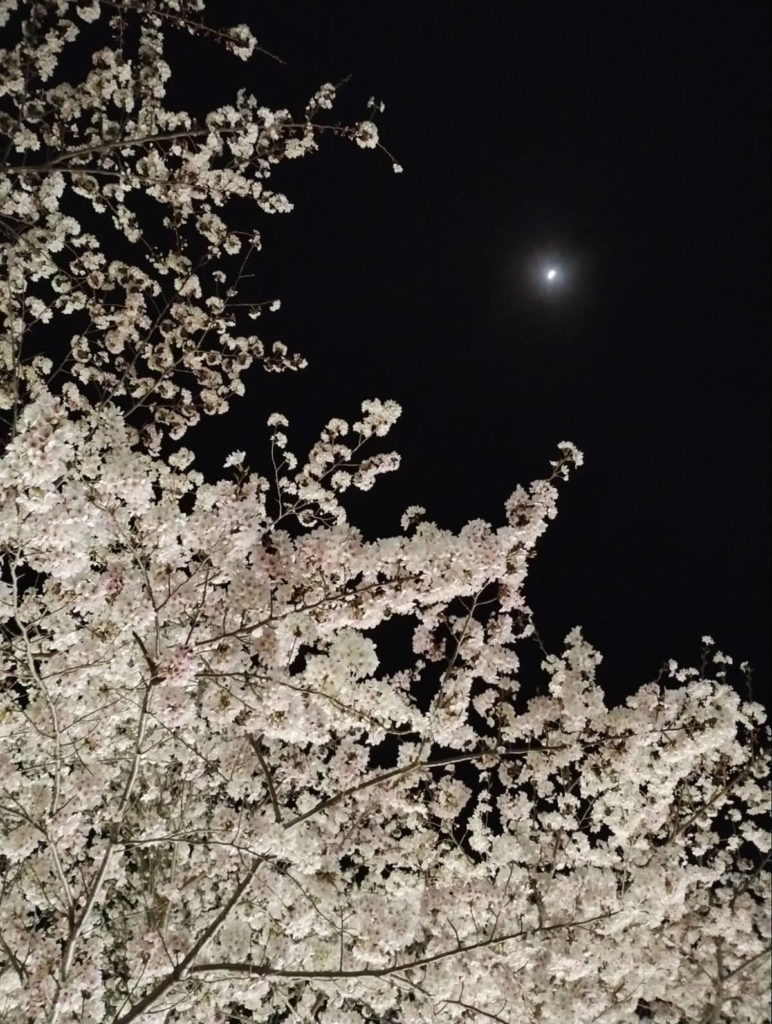

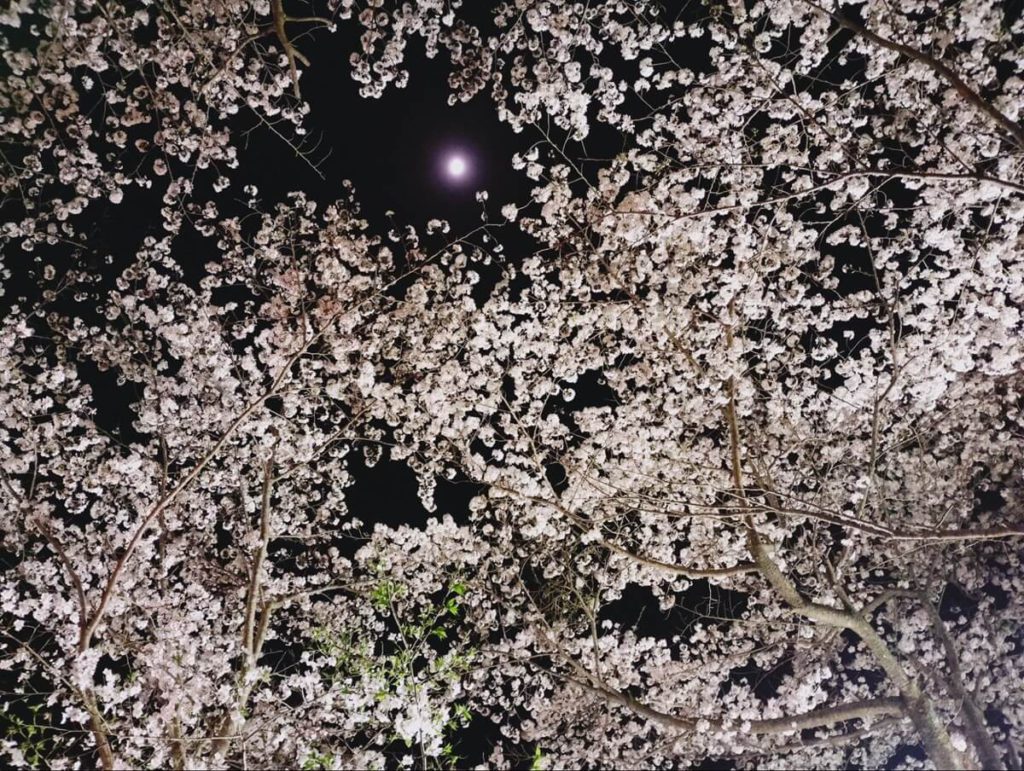
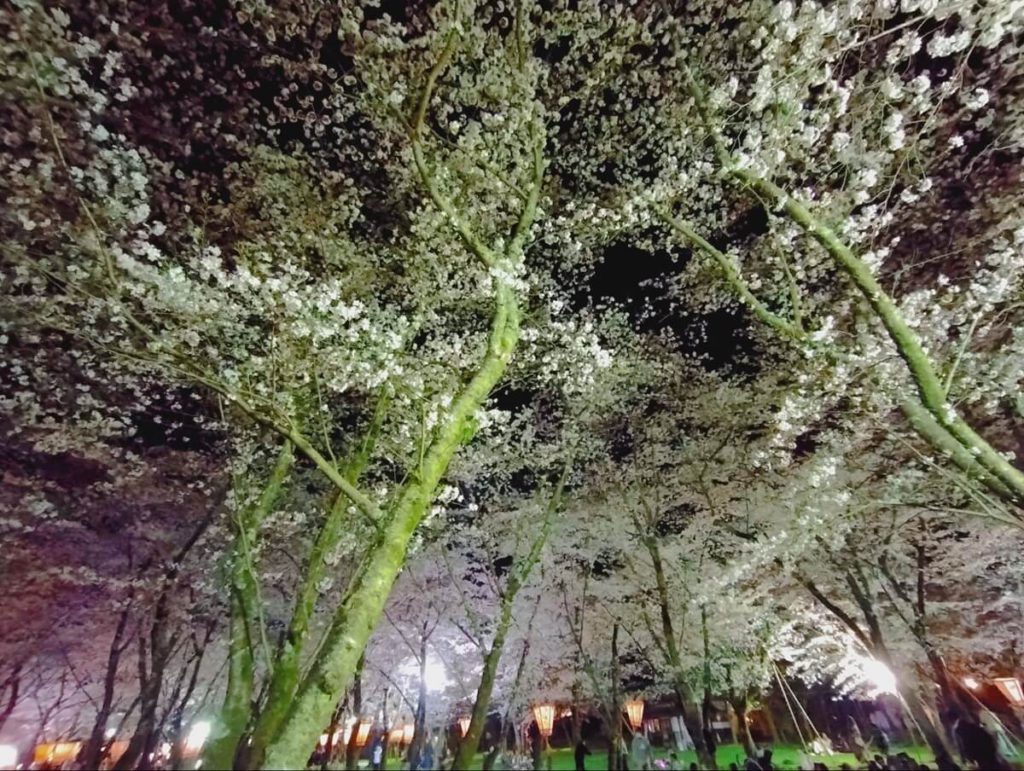
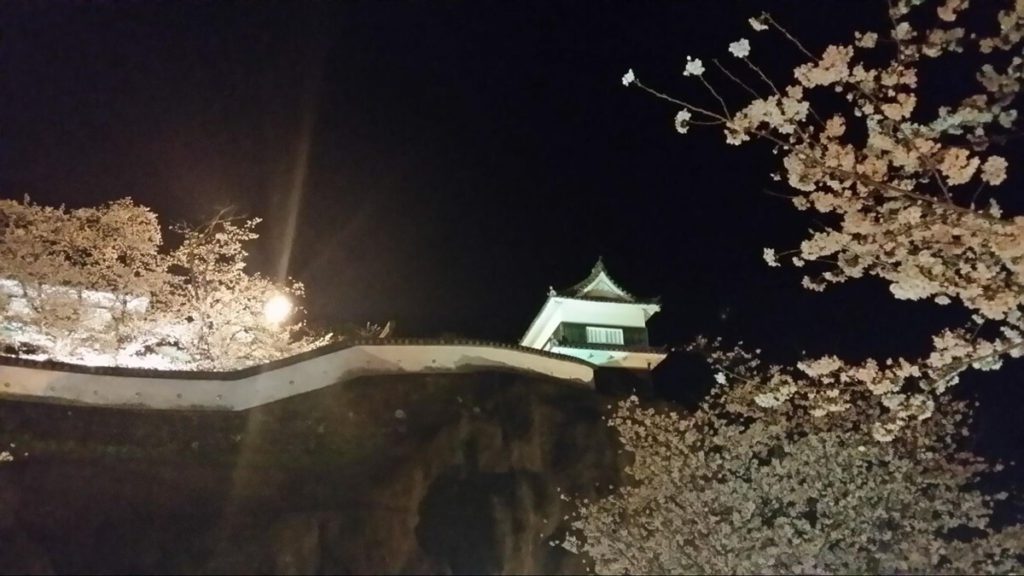
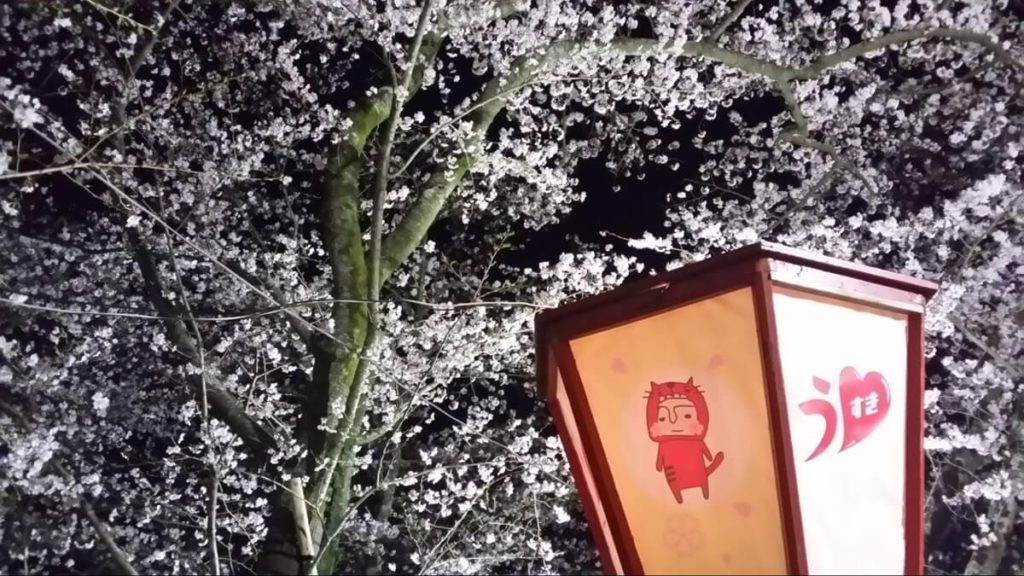
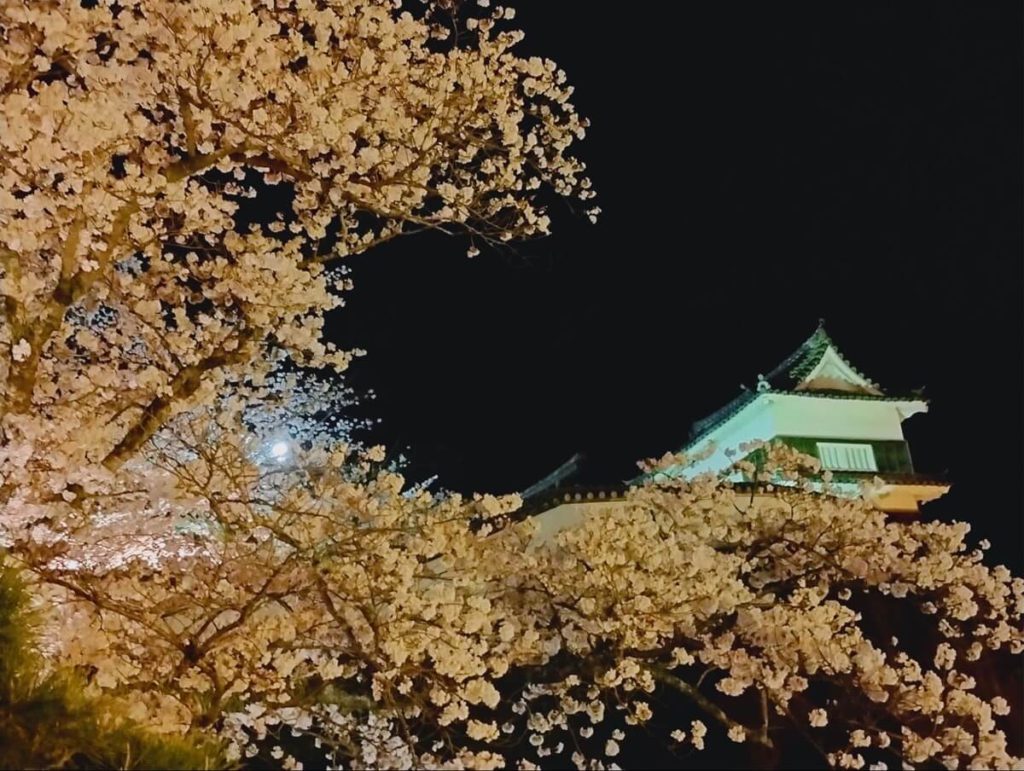
I’m a forever beginner English learner. I am trying to be better, but I haven’t made any major changes. Despite this, there is a lot I would like to tell you. Please read my story. Thank you.

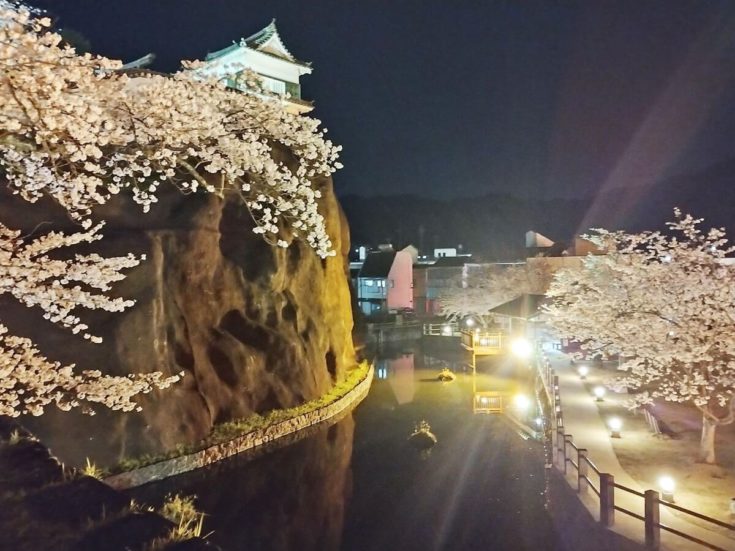


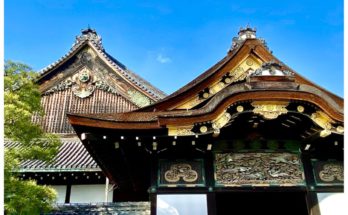
 HTJ has a YouTube page! Check it out
HTJ has a YouTube page! Check it out